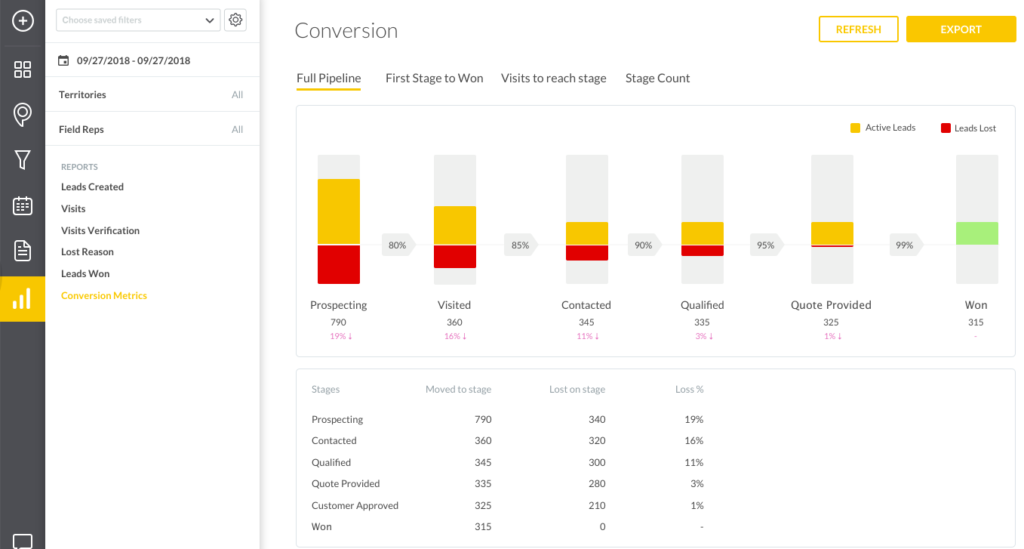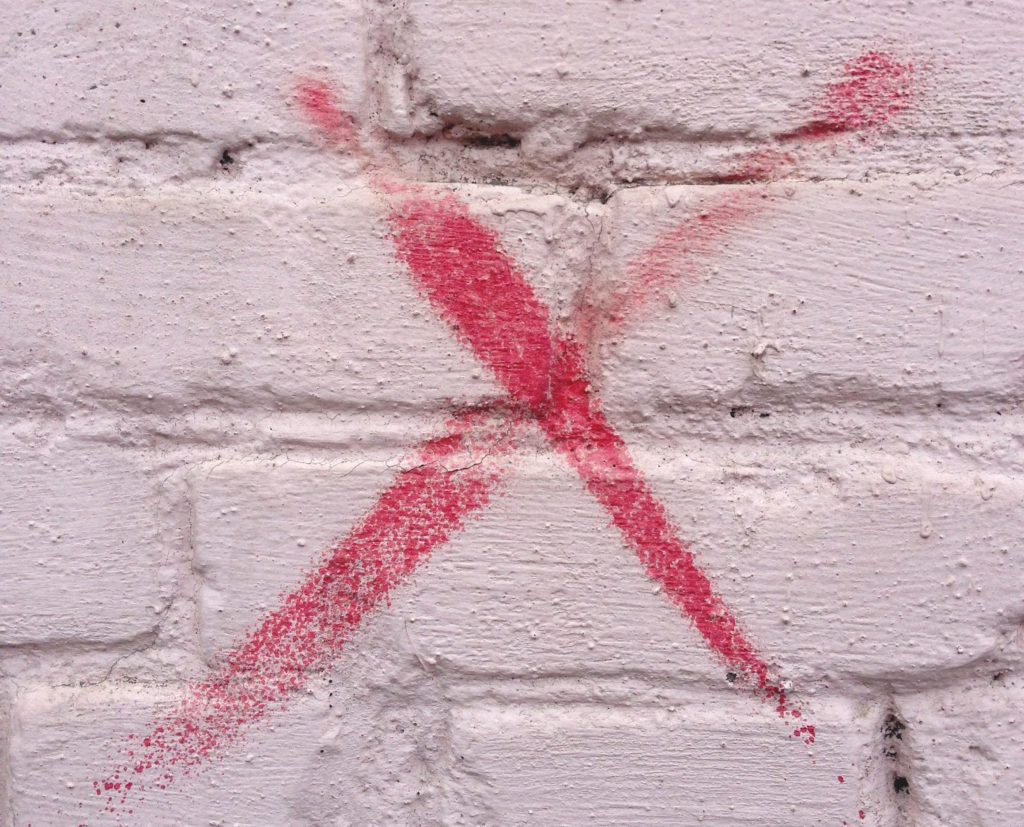Are your sales currently stagnating? Do you need to improve the performance of your company?
If so, it might be time for you to evaluate your sales pipeline.
A strong pipeline will help you to make improvements to your sales team at each stage of the process, and with the aid of data-driven sales software, this is easily accomplished.
Sales Pipeline Basics

A sales pipeline is an effective way of looking at where your current prospects are within the sales process and showing how many deals your reps should close in a given week, month, or any other length of time.
If you have a pipeline value of $100,000 and your conversion rate from the time you get a lead to the time you get a sale is 10%, you should be able to get $10,000 worth of new business regularly.
If you want to reach $20,000 worth of new business in a given season, then you know your sales representatives will need to convert twice as many leads.
This is where your sales pipeline comes into play. This is where you can figure out which stages of your pipeline are giving you the best results and which stages can do with some improvement.
All this helps you improve your revenue growth.
Pipelines Are Not The Funnel or Forecast

It’s important to clarify that sales pipeline are not the same as a funnel or a forecast. Pipelines includes every opportunity that a sales rep is handling; while a forecast simply estimates how many of those opportunities are likely to close and a funnel follows the prospects that are being worked on.
Buyer’s Journey Through a Sales Pipeline
Your leads move continuously through a pipeline, and as they do so, they hit different stages that coincide with the buyer’s journey.

The first stage of the buying journey is awareness. This is where a potential buyer becomes aware of an opportunity or a potential problem.
The second stage is consideration, where the buyer figures out what opportunity or problem they have and develops their own criteria for what they will do to resolve the issue or capitalize on the opportunity.
The third is the decision stage, where they figure out their strategy and are now comparing the available solutions.
By keeping their journey in mind as you cultivate your sales pipeline, you will help your sales representatives succeed.
Connection. A connection is established between you and a potential buyer. This is where the potential buyer engages with your salesperson, whether it is through downloaded content, an email from your sales personnel, or via a webinar they attend.
Appointment Setting. The buyer agrees to meet with your company to learn more about the solution you can offer them.
Appointment Completion. The buyer has shown up and you have confirmed their interest in completing the next steps.
Solution Proposal. The buyer is interested in using your product to solve their issue or to capitalize on their opportunity by engaging the solution you have presented.
Proposal Decision. This is the final stage. The buyer reviews the proposal you have presented and they make their decision.
Makings of a Good Pipeline
So what makes a good pipeline?
A good pipeline is staged properly and coincides with the different steps a prospect takes. Another characteristic that makes for a good pipeline is one that is the ideal size. You need to have milestones at each stage for your sales reps so that they can objectively measure the progress they’re making against the overall goals.
A good pipeline is regularly cultivated. If your pipeline is not growing, it should at least be stable. Tangentially, you need to have a standard follow-up process (as described below) so that your leads are not lost at any given stage in your pipeline.
This standard follow-up requirement might be something to the effect of inbound leads being contacted within a matter of 5 hours, or every lead receiving at least 10 touches over the course of a month; or every lead receiving a combination of phone calls, emails, or social media touches.
A uniform and consistent strategy is imperative.
Improving Your Sales Pipeline
As a sales manager, you can improve your sales pipeline by keeping the sales cycle short. The longer the process, the more opportunities your prospects have to change their mind or go to one of your competitors. That is why you want to keep the cycle as short as possible.
Your pipeline shouldn’t be very long. If leads are going cold and your team isn’t closing enough, you might need to shorten the length of your process.
Now, obviously follow-up is important. Most people need to be contacted and followed up with approximately 6 times or more before they make their decision in certain industries. You don’t want to bombard the same lead with all six follow-ups in a single day. But you might simply reduce the amount of time your representatives wait in between follow-ups or reduce how long it takes your marketing team to follow-up.
You might also believe that a pipeline should be different for every customer and as a result, you may see your sales representatives employing different sales techniques.
Each sales representative might have a different routine for their sales calls, their meetings, their outreach, or their follow-ups. But realistically, all your target customers have the same things in common which is why they all fall under the same umbrella, as your target customers.
Their underlying reasons for using your services or products are broadly similar and that means you can use such information to standardize your pipeline. Standardizing your pipeline will decrease the time and money needed to create customized techniques.
A standardized pipeline will help you cultivate repeatable sales processes that you can fine-tune and scale with your company as it grows.
________
SPOTIO is the #1 field sales acceleration platform designed specifically for outside sales managers and reps to squeeze every drop out of their field sales efforts.




